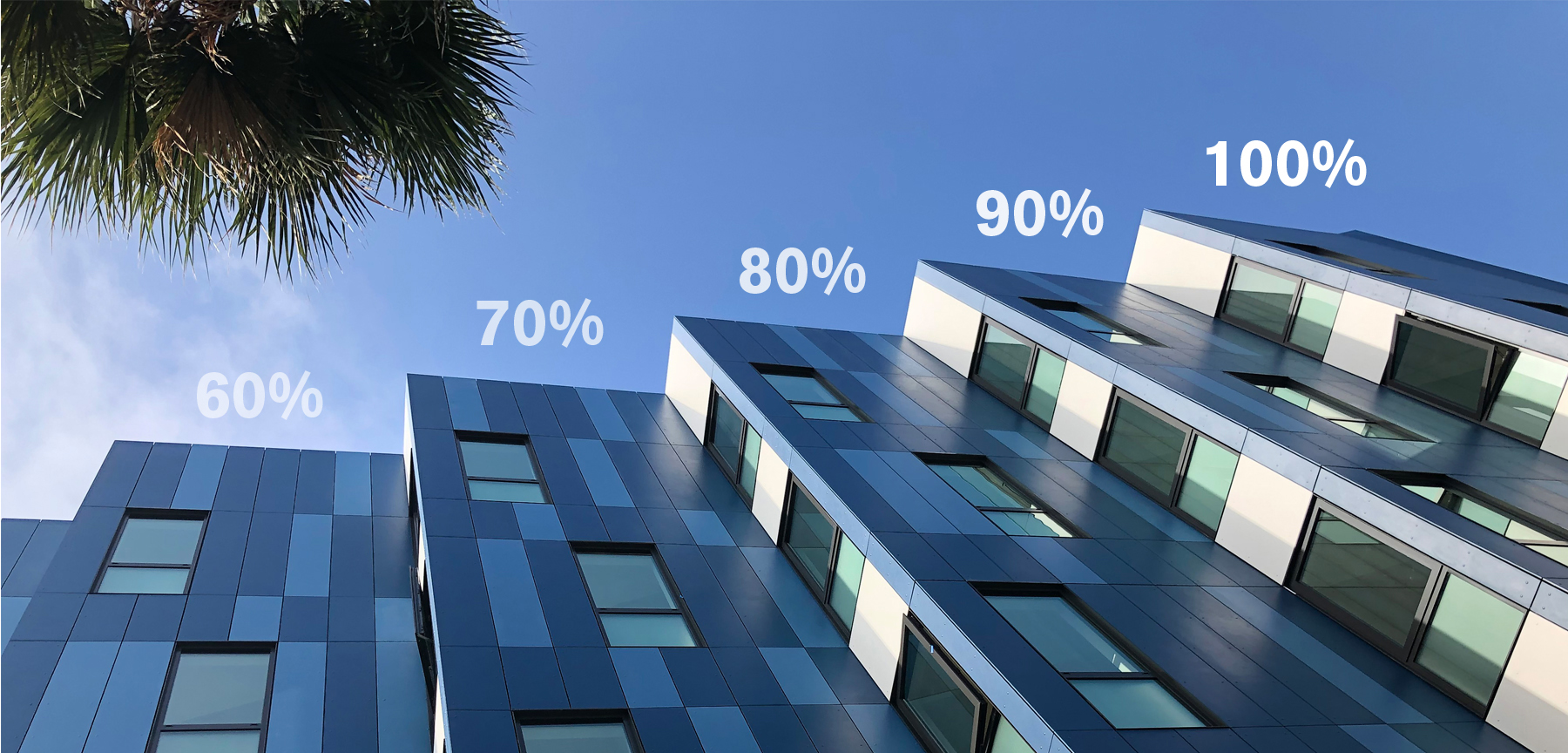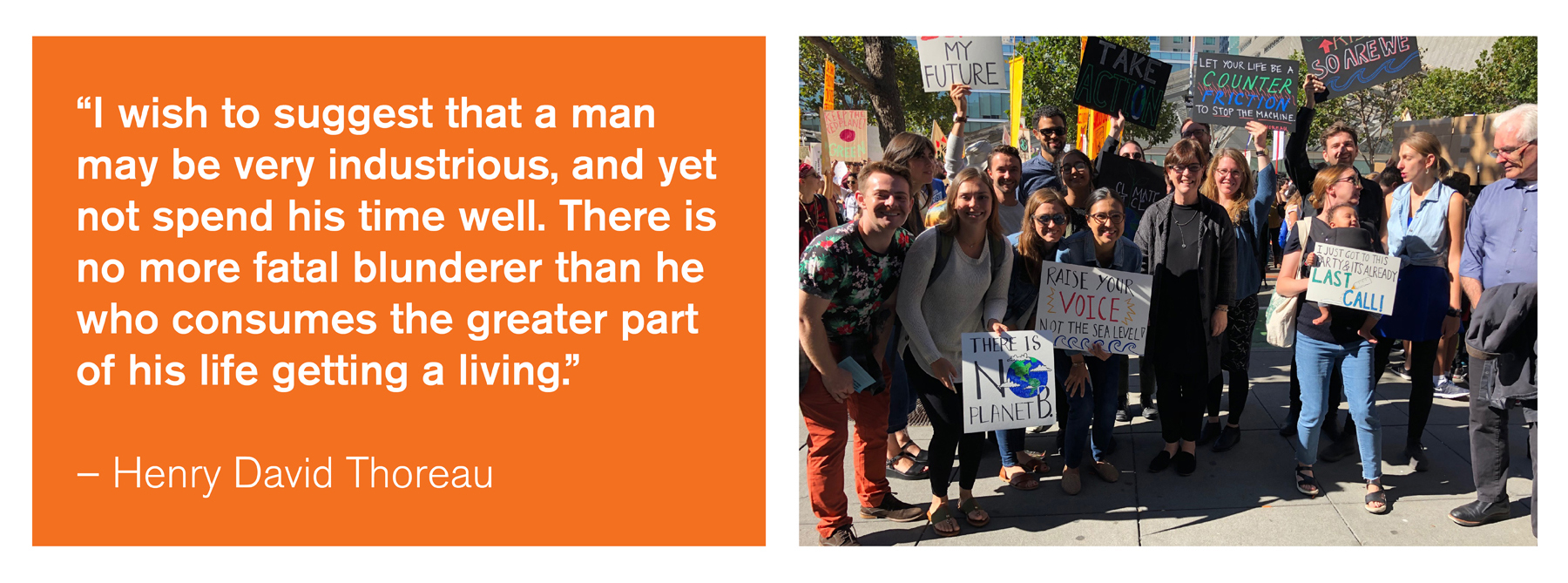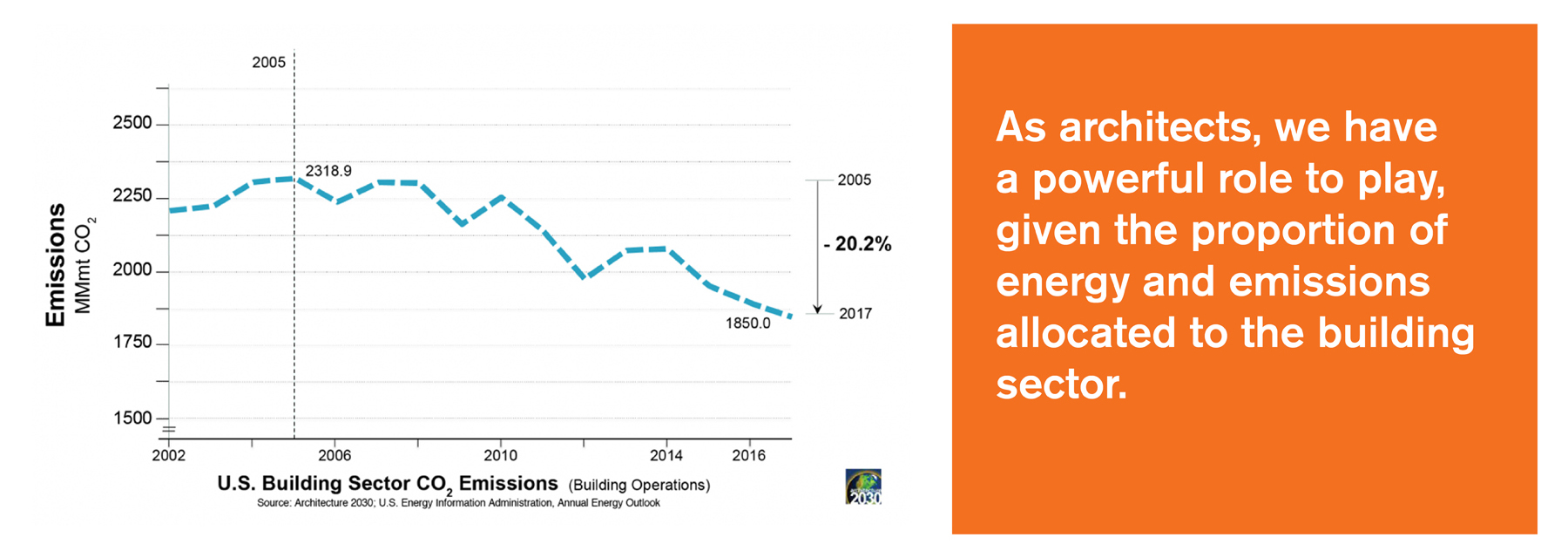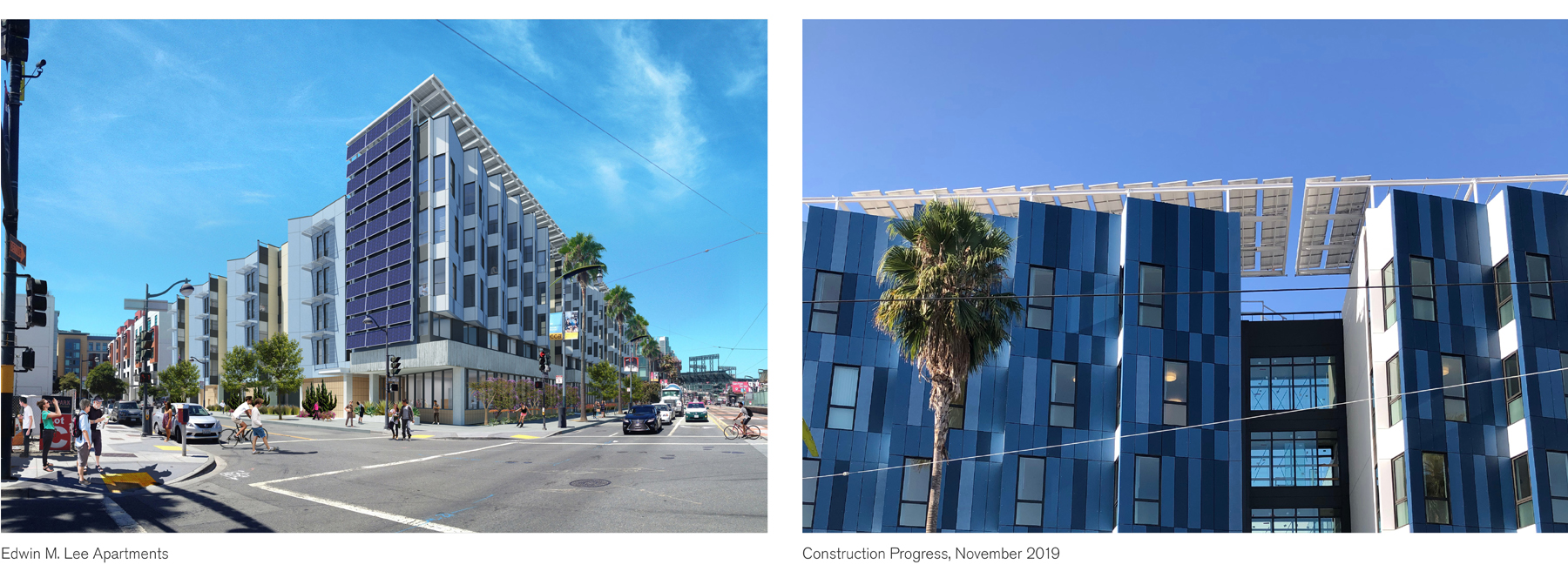Scaling High Performance in an Era of Climate Urgency

How can we scale our impact to anticipate ambitious climate goals that are not yet mandated by codes or client requirements? What untapped low-carbon potential of our designs have we yet to discover? For many firms, resources like the 2030 Commitment can help.

As an architect, I have a firsthand impression of the time constraints imposed on our profession. We are driven to provide valuable products and services efficiently, to optimize for a number of factors, from permitting deadlines to first-cost economic realities and logistical construction schedules. Time scales in strange ways; seeing a project through from concept design to completion somehow simultaneously takes both forever and no time whatsoever, and the decisions we make at each important milestone are critical to roll out a successful integrated design.
Layered on top of this matrix of time pressure is the issue of climate urgency. It is hard to avoid reminders either indirectly (in the press) or experienced directly here in Northern California (with drought patterns and an expanding wildfire season) that climate change has arrived, and the need for radical industry transformation is becoming increasingly urgent. Faced with these experiences and reminders, there are days when my optimism wavers; the evidence we already see is costing lives and endangered species are becoming extinct. However, most days, I like to believe that we are building towards a zero-carbon future, and I like to believe that we are designing spaces, communities and cities at the leading edge of that movement. Some good news arrived in 2018: according to data from the U.S. Energy Information Administration, carbon dioxide emissions in the U.S. building sector have dropped by 20.2% below 2005 levels, even as the country’s building stock grew by 30 billion square feet in that same period. This is the result of improvements to the energy efficiency of buildings, as well as decarbonization in the power sector. This shows that, as architects, we have a powerful role to play, given the proportion of energy and emissions allocated to the building sector.

At LMSA, we are fortunate to partner with mission-driven clients, whose values align with our own: we design spaces that allow for societal and environmental equity, providing safe, efficient and resilient spaces for all members of society to work, live, and learn in. We have created a model of working with nonprofits and educational institutions to redefine design excellence, achieving deep green designs for the communities that need it most. I would be inclined to respond to Thoreau that we are industrious and spending our time well. Yet I still see room in our firm to evolve our practice to achieve deeper impact and anticipate our changing climate. How can we scale our impact to anticipate ambitious climate goals that are not yet mandated by codes or client requirements? What untapped low-carbon potential of our designs have we yet to discover? Fortunately, a program exists that intends to offer free resources for firms that are committed to design towards climate goals by 2030. The program has generated an inspiring growth in design professionals committing to change the definition of high-performance design from the ground up.
The AIA 2030 Commitment
The nonprofit organization Architecture 2030 issued the 2030 Challenge in 2006, advocating for all buildings, developments, and major renovations to be carbon neutral by 2030. In response, the American Institute of Architects created the 2030 Commitment, a voluntary program that AIA member firms can sign up for to gain access to a national framework and data analysis tool to guide and measure the impact of their design decisions on energy use. As of 2018, well over 500 architecture firms had signed on.
Member firms agree to submit statistics on every project, at least once a year, to the 2030 Commitment’s Design Data Exchange, including the type of building, the baseline energy performance, and the average predicted energy use intensity (pEUI) savings projections. Currently, signatories are targeting an overall reduction of 70% pEUI savings. This is set to increase in increments of 10% every five years until 2030, when pEUI savings should reach 100%.

The AIA pulls together a report each year summarizing how the signatories are doing (the latest report can be found here). In 2018, 252 firms—ranging from sole practitioners to multinational companies with more than 1,000 employees—submitted portfolios. According to the report, in 2018, the overall average pEUI savings was 46%. 712 projects met or exceeded the 70% savings or above, and 131 projects achieved net zero.
LMSA is an early adopter of the 2030 Commitment program, which aligns with our longstanding commitment to sustainability (a directory of firms participating in the commitment can be seen here). The program is a useful tool in benchmarking our projects and facilitating a goal-setting discussion among our design teams and with clients. We have been tracking our performance with the program since 2011 and have seen incremental progress over the years.
On a project-by-project basis, LMSA is reaching the 70% reduction goal for some, but not all, of our designs. We typically achieve or exceed the target on our educational projects, both K-12 and higher education. Many of our school designs have two or three stories, along with ample roof space and solar access, along with a commitment on the part of the school to achieve low carbon goals, all which make for excellent candidates for high pEUI reduction. However, the higher-rise urban buildings in our portfolio tend not to have that luxury, though many of our designs stretch to reach the 2030 goals.
Take one of our current affordable housing projects, the Edwin M. Lee Apartments in San Francisco, currently under construction. The jointly-owned Chinatown Community Development Center (CCDC) and Swords to Plowshares building is a five-story, 119-unit project for formerly homeless veterans and low-income families, with a near zero-lot-line condition in Mission Bay. The project’s fortunate siting with wide streets surrounding the property effectively provide setbacks from adjacent buildings, making southern exposure and flat terrain generally favorable for on-site renewable technologies. The design includes a solar photovoltaic array along the building’s roof and façade, and the array is estimated to produce 91% of the building’s common area electrical energy. The design also includes solar thermal panels estimated to produce 60% of the building’s hot water heating energy. With appropriate window shading, straightforward mechanical design and equipment, access to daylight and lighting controls, the design still falls short of the 2030 program’s 70% reduction target, at 44%.

While site pEUI reduction may not be the perfect metric for dense multifamily designs, we look towards other frameworks that can help us communicate the whole-building carbon impact and high-performance characteristics of our designs. The AIA Committee on the Environment’s COTE Top Ten Toolkit, recently adopted by the AIA as the Framework for Design Excellence, is one such tool. The Framework is broad and nuanced, asking questions of the buildings’ performance beyond site energy, such as community, ecology, air quality, resilience and wellness. The Framework moves beyond one metric, to allowing the design to communicate its value in providing housing to low-income families and formerly homeless veterans in a city depleted of housing stock, or expand on how the building’s courtyard can contribute to wellness and restores the post-industrial Mission Bay ecology.
Still, the strength of the 2030 Commitment is its simplicity. It directs designers and engineers toward a very specific target, and by making a clear reach goal from the beginning and asking challenging questions of the design, the result is higher-performance designs. I believe there’s a role for both kinds of frameworks, and that’s why we rely on both.
As co-chair of the AIA 2030 Commitment Working Group through next year, I have found a balance between being “industrious” with “spending [my] time well,” per Thoreau. I am working with many other inspiring, fantastic volunteers to evolve the program to provide more direct feedback on eliminating fossil fuel energy use, and incorporate ways of tracking embodied carbon goals in the tool. I am excited to steer the program towards adopting metrics that directly relate to emissions and carbon beyond site pEUI.
All 252 firms that are engaged with the 2030 program are actively raising a new standard for high-performance design. However, for this movement to work, it needs to grow swiftly. If your firm has not signed on, consider joining. If your firm is signed on but not actively reporting, make steps to change that. If your firm is signed on, reporting, and looking to achieve deeper goals, please share with the AIA’s Peer to Peer 2030 network, or collaborate with a local 2030 roundtable in your region. If a local 2030 roundtable doesn’t exist, form your own! If you or your firm have any questions about the program or our experience with it, please do not hesitate to reach out.